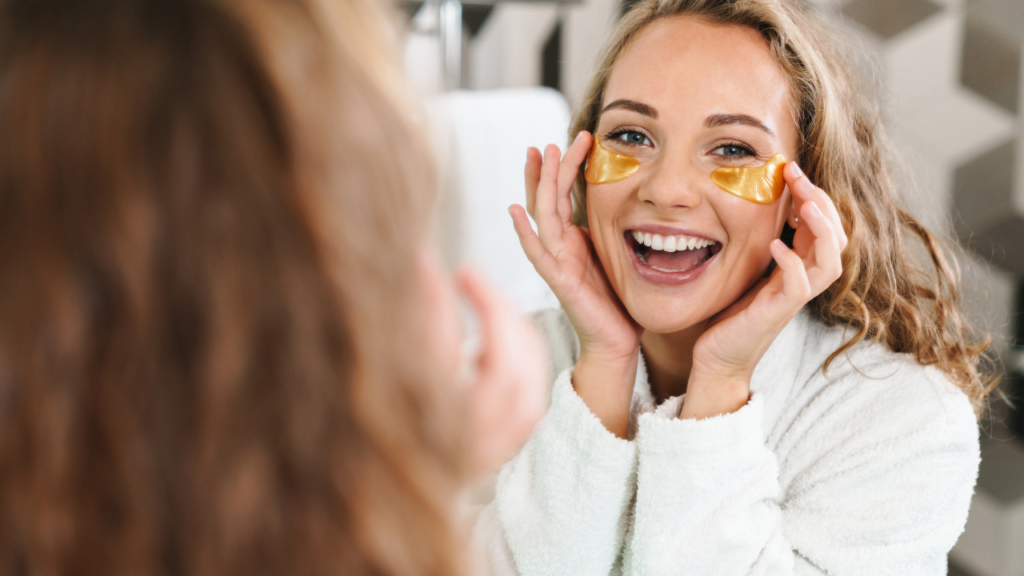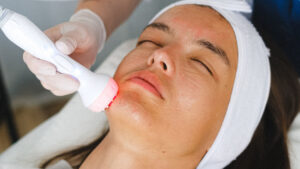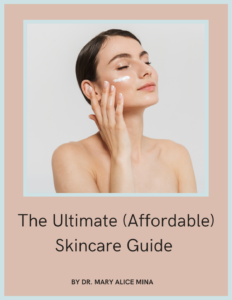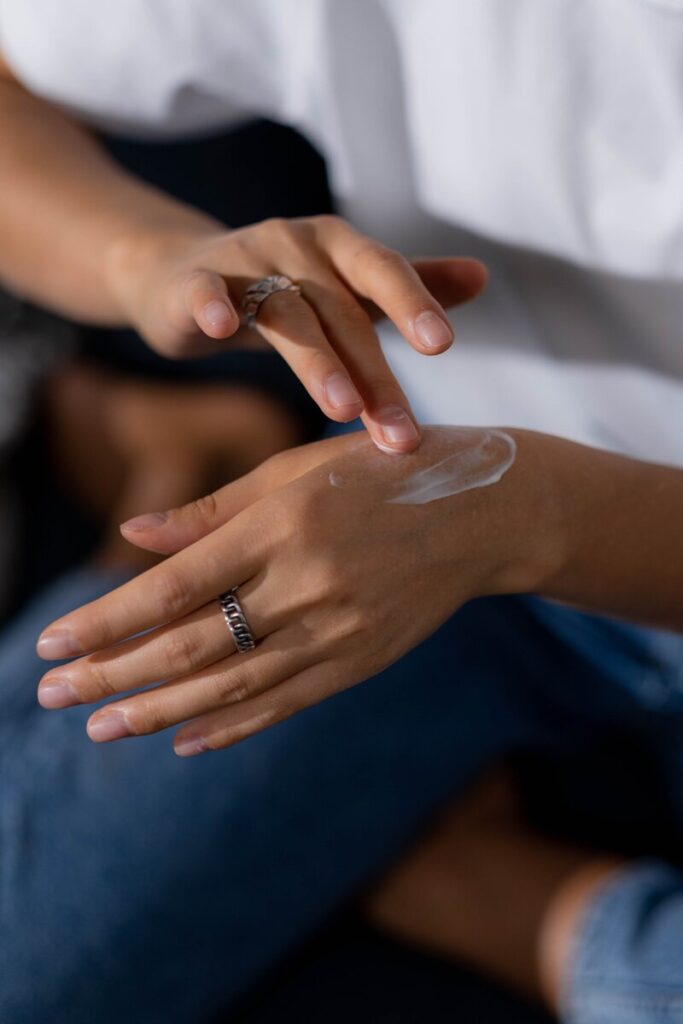If you’re an avid user of TikTok, chances are you’ve come across the term ‘Silicone patches’ in your feed. Influencers flaunting these patches to smooth out wrinkles and stretch marks might have caught your attention. The appeal is undeniable, but the question remains: Are they truly worth the hype? Silicone patches have gained significant traction in the TikTok beauty community, with claims of reversing aging and addressing major concerns such as scars and stretch marks. In this blog, we will explore the pros and cons of silicone patches from a board certified dermatologist’s perspective!
First things first, how do silicone patches work?
Silicone patches are thin, flexible sheets made from medical-grade silicone. Silicone has long been known to improve scars by providing an occlusive barrier that decreases transepidermal water loss. In effect, this improves hydration and decreases fibroblast growth which can increase scar thickness by increasing collagen production. It’s important to note that these silicone patches must be worn for 12 hours a day for several weeks to months depending on the age of the scar!
Using silicone patches in your skincare routine can offer several benefits. Here are some of the pros of using silicone patches:
1) Hydration
Silicone patches work by decreasing transepidermal water loss which improves hydration. When the skin is hydrated it appears more radiant with fewer fine lines and wrinkles. Slugging, or using a thick occlusive ointment like petrolatum (Vaseline, Aquaphor, etc) does the same thing by decreasing water loss and increasing hydration.
2) Wrinkle Reduction
Silicone patches can help smooth out wrinkles and fine lines. When applied to areas prone to wrinkles, such as the forehead or around the eyes, they create a microclimate that promotes hydration and collagen production. Over time, this can lead to a reduction in the appearance of wrinkles.
3) Protection and Prevention
Silicone patches act as a protective barrier, shielding the skin from external irritants, bacteria, dirt, and pollutants. This can help prevent further damage and promote a healthier skin environment, particularly when applied to active breakouts or sensitive areas.
4) Scar Healing
Silicone patches are often used for scar treatment and management. They can be applied to surgical scars, injury scars, or acne scars to improve their appearance. Silicone patches create a moist environment that helps flatten and soften the scar, reduce redness, and improve overall texture!
Are there any cons or downsides to using silicone patches?
Silicone patches are great for thicker scars or areas prone to keloiding. However, when it comes to improving lines and skin texture, there are a few things to consider. The results are temporary and fade when the skin loses hydration. They work best for fine lines at rest or skin creping, but not for lines caused by movement. Dynamic wrinkles are better treated with neuromodulators like Botox or Xeomin.
You can find cost-effective silicone patches at drug stores, but they need to be used regularly since the results are temporary. Some people may experience irritation from the adhesive backing, especially with prolonged daily use, leading to a rash. If that happens, it’s best to stop using them. These patches can also cause breakouts in some individuals, particularly if you have acne-prone skin. The same goes for slugging, so if you’re prone to breakouts, it’s better to avoid this trend!
Do I personally recommend people to use silicone patches?
I usually recommend silicone patches for thicker scars or surgical scars in areas prone to thickening. However, I don’t recommend them for all scars as they’re often unnecessary. Silicone patches are more effective than silicone gels based on available data. When it comes to improving skin texture and treating fine lines and wrinkles, there are better options than wearing silicone patches all over the face every night. But if someone wants to try them, they’re safe and may provide temporary benefits.
Are there alternatives to silicone patches that people can use that help with wrinkles and stretch marks?
While silicone patches can be used for wrinkles and stretch marks, it’s important to consider other potentially more effective options. Your treatment goals, such as preventing wrinkles, addressing wrinkles at rest or with facial expressions, will determine the best approach. Consult with a dermatologist for personalized recommendations. Sun protection is crucial to minimize wrinkle formation, and incorporating a retinol/retinoid into your routine helps prevent fine lines and wrinkles. Hydrating with a moisturizer containing hyaluronic acid can be equally effective as silicone patches. For the best wrinkle treatment, consider neuromodulators like Botox or Xeomin to prevent wrinkles caused by facial movement.
A new podcast episode drops every Monday!










